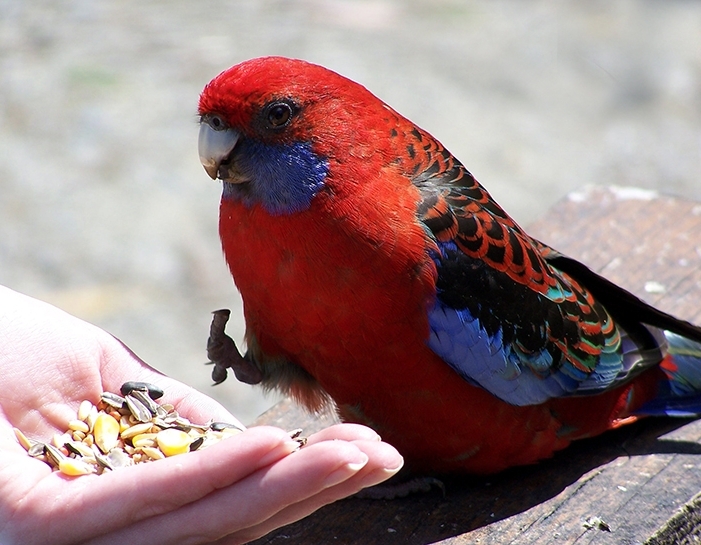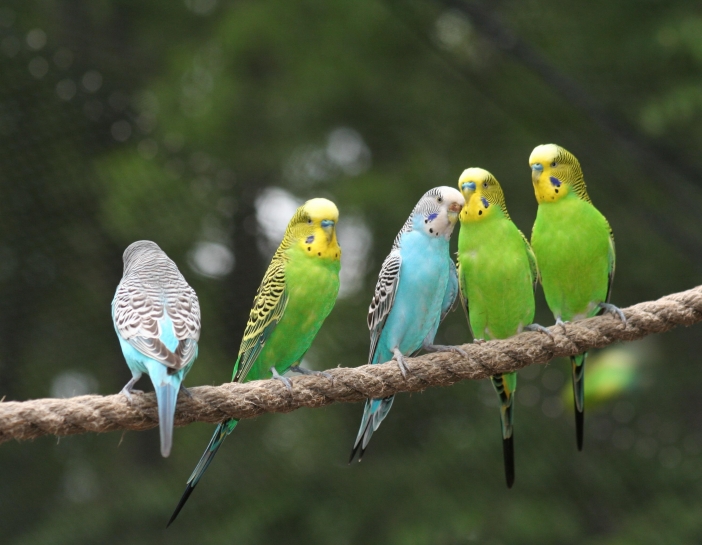Birdwatching 101

Birdwatching is a sport that becomes more and more popular every year. In Australia alone there are over 760 species of birds, divided into six categories. Those who enjoy the activity of birding as it is lovingly called, take on several forms. There are weekenders who travel to the wild places on weekends and vacation to see their local aviary friends. Others will travel to different continents, jungles, deserts, and forests to achieve their birding fix.
There are four things every birdwatcher needs, regardless whether they are novice or professional hobbyists:
- A good pair of binoculars
- A field guide to local birds
- A journal; and
- Perseverance.
Binoculars
No matter how much you'd like to, it isn't always possible to get close to our feathered friends. With the right pair of binoculars, you will however, feel like these birds are right in front of you.
Binoculars come in a variety of prices, although this should not be your sole deciding factor. We recommend magnifications between 8x to 10x for birding, with a maximum objective lens of 50mm. Depending on your budget and needs, you may also wish to purchase a pair with additional features.
Our two popular birding binoculars include the saxon 10x42 Rosella Binoculars and the saxon 8x42 Precision Hunting Binoculars. Not only are these binoculars waterproof and fog proof, they also have amazing clarity and come with lens covers, a carry case, and neck strap.
Whether your binoculars are waterproof, fogproof or have image stabilisation, your binoculars will travel far and long with you on your birding journey, and you will need to be comfortable using it.

Field guide
A field guide to birds will help you identify which birds you are looking at through your Saxon binoculars. The categories to be familiar with in Australia are:
- Old endemics - One of the groups native to Australia, this group includes cassowaries, emus, and some species of parrot.
- Corvid radiation - These include passerines (birds that have three toes facing forward and one backward for perching). These are decended from the crow family and include wrens, thornbills, robins, magpies, lyre birds and many others. These are not very common in Australia, so be sure to journal if you are lucky enough to see one.
- Eurasia colonists - These birds may now live in Australia, but not that long ago they were only found in Eurasia. These are the swallows, larks, plovers, thrushes, sunbirds, cisticolas and some of the raptor species.
- Seabirds - As the name states, these are the birds who live near water. The breed on Australian islands and frequent the coasts. Some in this group are albatrosses, sulids, terns, petrels, cormorants and gulls.
- Recent introductions - These are species that were brought to the continent by humans. Some of these exist in the native eco system quite peaceably, while others are still working on finding their place in it. Species in this group include the Greenfinch, European Goldfinch, Common Starling, Blackbird, Sparrows and the Common Myna.
- Migratory shorebirds - Some species of bird, like the Scolopacidae and Charadriidae, breed in Asia and Alaska, but spent their time between breeding cycles in Australia and Asia. When you begin to look for these birds, make sure it is the proper season.
Journal
Your journal can be any kind you would like. If you are artistic, it should have room for drawings Even if you are not horribly artistic, simple sketches should be made to accompany and clarify your notes. Like your saxon binoculars, it should be sturdy and well-built. Many serious birders use leather bound journals because of the quality with which they are made.
Perseverance
As a birder, your perseverance and passion will both be tested. Some bird species are more allusive, rare, or live in less accessible areas than others. If you are a determined birdwatcher, these species can be found. By following these tips you can be a passionate, successful birdwatcher in no time.
A few last minute things to remember:
- Be quiet and still as to not frighten the birds away before you get to see them
- If you pack it in, pack it out. Remember you are entering their home, you wouldn't want someone leaving trash in your home.
- Watch out... birding is addictive.
- Wear appropriate footwear. If you are going across the street, flip-flops are fine. Any amount of hiking however... wear boots.
- Have fun. If you don't see the bird you were looking for, there is always tomorrow.

